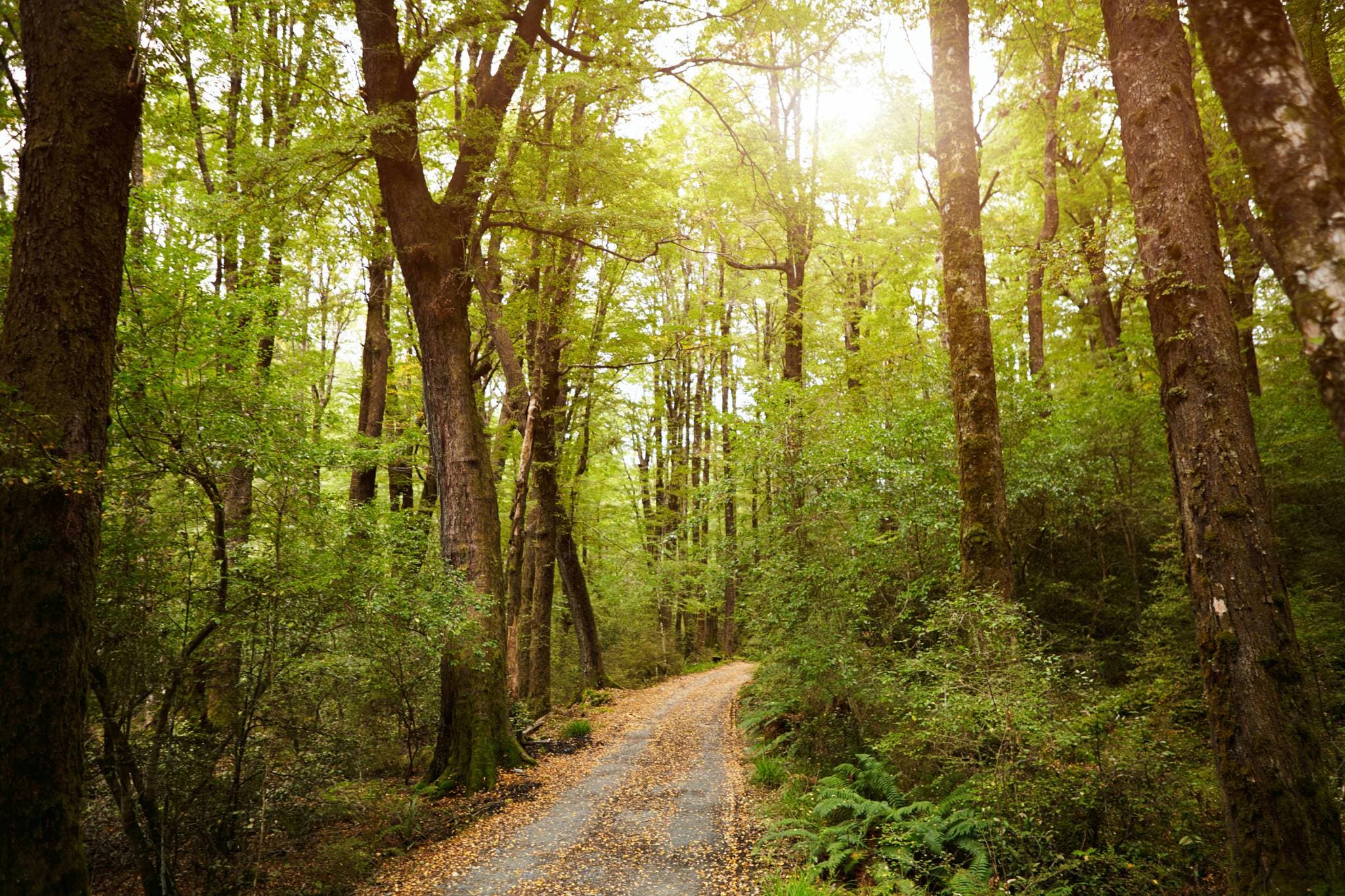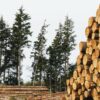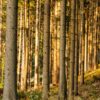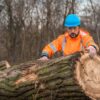Monthly Report - November 2023
Export prices have firmed in November leading us back up to close to NZ$110 per JAS m3 at wharf gate for South Island ports, up NZ$9 – 10 /m3 on October levels. Add $5 to $10 for the North Island where shippings costs and Port costs are typically lower.
For log exporters, sales are good, LC’s are opening in good time and customers are in a more positive frame of mind, although cautionary tones continue to pervade the China economy. The highly important to NZ, construction sector remains subdued with continuing poor demand for new apartments in most Provinces.
The softwood log inventory is stable at around 3 million m3 and CFR prices (log price in China in US$/m3) are sitting in a US$115 – 118 band, up US$5 to $7 on October sales.
The China Government is clearly trying to put stimulus into domestic spending which most recently has included lower interest rates and banks offering sweet deals. Short term loans being those less than 1 year have risen 10.3% which currently stand at a staggering RMB¥10.3 trillion (NZ$1.7trl). These reflect the non-mortgage segment, so are not going to help Kiwi-forest owners directly, but is helping to improve overall confidence.
And just to prove how small NZ is in the scheme of things, China’s current domestic total loan book including all term loans by banks, stands at ¥47.4 trillion, close to the equivalent of NZ$8 trillion, up 3% YOY basis.
Of some of the statics important to NZ forest growers as at mid-November, usage across the eastern seaboard has remained very stable at around 70,000 cubic metres per day. This is very close to the current delivery rate, mostly of NZ logs. Thus, the market remains reasonably positive. For the moment, supply and demand are in reasonable balance.
As reported previously, the usage statistics are also starting to reflect prior commentary and that is we are seeing a lot more of our wonderful Radiata pine being used for non-structural purposes. The downside for NZ forest owners is we are starting to see more price margin pressure between the higher and lower grades.
It is becoming more apparent China sawmill owners prefer the same logs as Kiwi sawmill owners. That is larger logs with small widely dispersed knots we use to make timber to build our houses. In China, the higher quality requirement is more focussed on appearance grade lumber which can be stained to make it look like whatever timber you want in furniture and panelling.
Erstwhile in good old Kiwi land and a month after we voted for what we wanted, and we still do not have it. A bit like a Cook Straight ferry, a history of bits falling off and engine problems.
Except of course in the case of the Government we have the appointed Captain trying to corral two wannabe captains who just want to help steer the ship without having to worry about the engine room and passengers.
Me thinks a return to the system where the first to cut through the ribbon wins the race (FPP) instead of being in front but having to turn and ask your competitors if it is OK if you go first and then having to share the trophy (MMP).
My ring around some domestic customers suggests sales are OK but there is strong competition for a market not large enough to consume what is being produced. As stated previously, NZ has too much sawmilling capacity for the normal demand levels.
The exacerbating issue right now is our sawmill owners are taking big loss’s in their export lumber sales which is always a component of what they do, the fall down grades. Our typical markets across South East Asia are inundated with supply and prices are weak.
Most of us in the forest growing and selling industry heading to year end, are saying “ thank goodness that is nearly over” or stronger words to that effect. It has been a toughie for all in the land-based commodity sector and we now look forward to the rudder being fixed, the engines problems remedied and strong steerage toward more certain outcomes.
I extend to all readers best wishes for Christmas and a much more profitable new year.
As always, please remember the thoroughly important message, “it remains, as always, fundamentally important, the only way forward for climate, country and the planet, is to get out there and plant more trees”!
Allan Laurie.
Laurie Forestry.












